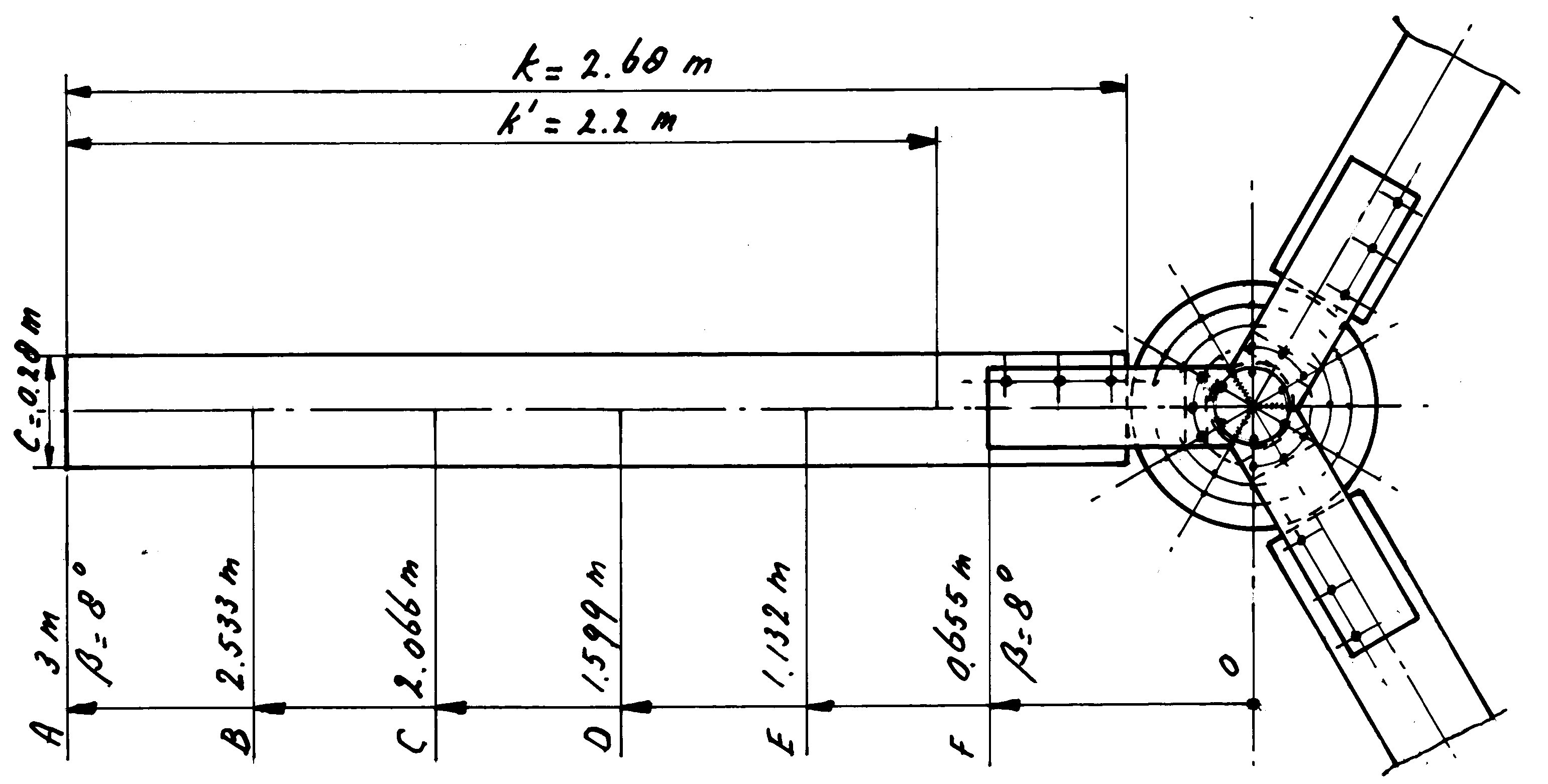I don't know the price of the generator. If you go to the website of Hefei Top Grand following the path given in the report, you get all technical information but no price. To get a price, you have to ask the supplier. I have bought a small generator of this manufacture and the final price is much higher than the price off factory because of costs of transport and import taxes (see report KD 595).
I have good experiences with constant chord blades. It is true that you get the highest bending stress at the blade root and therefore you can't use a very slender blade. You also need a safety system which sharply limits the thrust but the pendulum safety system limits the thrust very well and a rated wind speed of 10 m/s isn't very high. The used airfoil Gö 711 is rather thick and has a thickness of 51.58 mm for a chord of 280 mm. So the moment of resistance is rather high for the chosen chord. The bending moment is reduced because the blade bends backwards and the centrifugal force in the blade partly compensates this bending. This roughly results in 75 % of the bending stress which occurs if the blade would not bend backwards. I have made such calculations for orther blades but not for the blades of the VIRYA-6 as I wouldn't make KD 738 too complicated. Such calculations are given in chapter 2 of report KD 579 for the blades of the VIRYA-6.5 rotor.
KD 738 only shows what a windturbine with a rotor diameter of 6 m can do. For Pel-V curve, see figure 7. But in the end of chapter 6, I show dat further development is a lot of work and using it for heating is also a new field which has still to be develloped.
In the attachment I have added figure 1 out of the report which gives a drawing of the rotor. This drawing shows the simplicity of a rotor with a constant chord and a constant blade angle.
